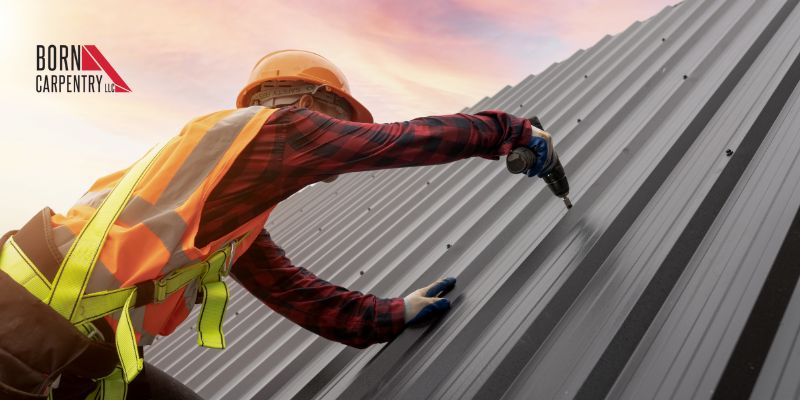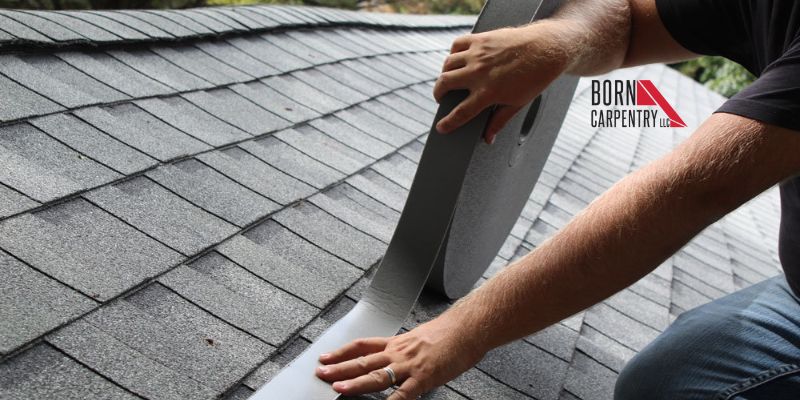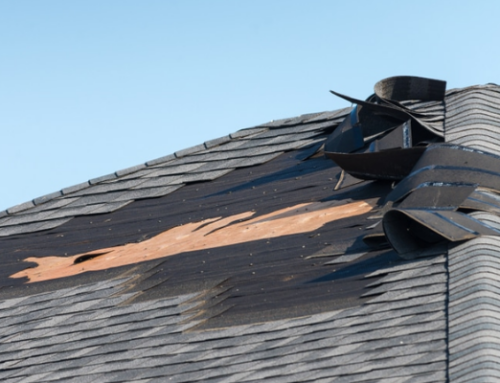The roof of your home is its first line of defense. The roof protects both the interior and exterior against heat, hail, rain and wind. Being regularly exposed to harsh weather conditions can cause it to deteriorate. However, having a properly installed roofing system can help prevent this in addition to other advantages.
The Top 5 Advantages Of A Properly Installed Roofing System
A properly installed roofing system offers numerous advantages. The benefits contribute to the overall integrity, longevity and performance of a building. Here are the top five advantages…
#1 Protection From The Elements

A properly installed roofing system acts as the main defense against various weather conditions, including snow, hail, strong winds and harmful UV radiation. Its purpose is to prevent water from entering the building and protect the interior from potential harm, including seepage, the growth of mold and the deterioration of the building’s structural integrity.
Additionally, it provides stability and maintains the building’s resilience during adverse weather conditions by acting as a barrier against heavy wind. The roofing system’s defense also includes reducing the negative effects of UV radiation, which has the potential to cause the aging of materials over time.
Generally, the careful installation of a roofing system is crucial. This is because it serves as the essential defense that prolongs the life of a building and maintains a secure environment for its occupants.
#2 Promotes Energy Efficiency
Both effective insulation and ventilation components are included in a properly implemented roofing system. As a result, the burden on the building’s heating and cooling systems is reduced. These structural elements are essential in controlling the interior temperature of the structure.
In addition to lowering energy costs, the use of energy-efficient roofing materials ensures that a comfortable indoor environment is maintained. The inclusion of insulation within the roofing structure acts as a barrier against heat transfer, preventing excessive heat from penetrating during warmer periods and maintaining warmth during colder seasons. Together with effective ventilation, this promotes a balanced indoor climate by allowing for the circulation of fresh air and the exhaustion of excess heat and humidity. A significant decrease in energy use can be achieved by choosing energy-efficient roofing materials and implementing them properly.
The demand for heating and cooling systems is reduced as a result of improved insulation, proper ventilation and energy-efficient roofing materials.
#3 Ensures Longevity And Durability

The precise use of installation techniques, the use of premium materials and a dedication to accuracy all significantly increase the longevity and durability of a roofing system. The overall robustness and prolonged lifespan of the roof structure are improved by these factors.
When a roof is properly installed, it can withstand the test of time and exhibits resilience, which results in fewer needs for repairs or replacements. Thus, this strategy not only preserves the building owner’s valuable time but also results in significant long-term cost savings.
Furthermore, the use of the right installation methods makes sure that every component of the roofing system is precisely aligned and fastened, strengthening the structural integrity of the system.
Also, the use of premium materials that have been chosen for their sturdiness and suitability for the regional climate conditions increases the roof’s ability to withstand a variety of difficulties, including severe weather events.
#4 Increased Property Value
A building’s visual appeal can be greatly enhanced and its overall exterior appeal can be significantly increased by carefully installing a roofing system. This effect also extends to prospective buyers or tenants who are drawn to homes with roofs that are not only maintained but also demonstrate a high level of longevity.
The building’s aesthetics are greatly enhanced by a carefully installed roofing system because it creates a polished exterior that displays care and upkeep. This feature is especially important for attracting potential buyers or tenants because it gives the impression that the property is in good shape.
Furthermore, property values can increase significantly as a result. This is because buyers are willing to pay more for real estate that has been maintained and has a long-lasting roofing system. Additionally, the property has a distinct competitive advantage in the real estate market because of the improved curb appeal made possible by a properly installed roof.
#5 Reduced Maintenance Costs
A properly installed roofing system greatly reduces the possibility of running into troublesome issues like leaks, sagging or shingle blow-offs. As a result, there will be a noticeable decrease in the need for ongoing maintenance, which will result in lower maintenance costs over the roof’s lifespan.
Beyond its financial advantages, this proper installation method also helps to reduce the need for unanticipated emergency repairs. Note that emergency repairs do not only have a potentially high price tag but also interfere with the building’s regular operations.
Furthermore, the proper installation of a roofing system creates a foundation of structural soundness and durability. This benefit helps to prevent the emergence of common issues that might otherwise affect the effectiveness of the roof.
Moreover, the effective prevention of leaks during installation is made possible by the seamless integration of roofing components. Leaks can result in significant water damage and mold growth. By precisely aligning and supporting load-bearing elements, sagging, a problem that can harm both aesthetics and functionality, is also avoided.
Summary:
It is important to note that a properly installed roofing system requires the expertise of skilled professionals. This is because they understand the specific requirements of the chosen roofing materials and the unique characteristics of the building. Regular inspections and maintenance are also essential to ensure that the roofing system continues to provide these advantages throughout its lifespan.






